If you own a big, lush space with all the greens, you probably know how much hard work it takes to maintain such space. What is even more challenging is to use the right equipment for every task. While the basic equipment can be found with every gardener, some tools like a woodchipper are not owned by non-professional people.
Cutting off trees or reducing them short is a task that is not done much often in domestic gardens and yards. But when it is done, a woodchipper is needed to reduce the woods into smaller pieces. So, when a woodchipper is needed, and you do not have one, you have only two options- buy it or rent it.
Investing in a woodchipper might not be a great idea when it is not often needed. In this case, renting a woodchipper for hours or a day can be the best option. However, there are many types of woodchippers with different purposes, and choosing the right one for your use might get a little hard. After all, the expense of renting a woodchipper depends upon the type that you are choosing.
If you need a woodchipper but do not know how to start, you are at the right place. Keep reading, and you will know the how, when, and why of renting a woodchipper.
Here Are Some Aspects to Consider When You Are Planning to Rent a Woodchipper
Power
Not only in their physical sizes, but woodchippers also differ in their engine power. From papers and cardboards to big tree trunks, there is so much that can be put in a woodchipper. So, before you rent one, go through your specific needs. If you have some light material like tree branches and limbs to chip, you will want to rent a woodchipper with lesser power.
However, if you just cut off a tree, you will need a woodchipper with more power to chip the trunk off. The power of woodchippers is indicated by the term engine displacement. The more the engine displacement, the more powerful the machine is. So, do not forget to ask about the engine displacement when you are renting one.
Power Source
Once you know how much power will be required to get your work done, it is time to check the power source. Woodchippers can be found running electrically on gas or diesel. The best ones are the electrical chippers. Reason: they run cleaner, are cheaper and quieter than others. The only drawback here is that you will also need an extension board if you do not have anything to plug in the chipper in your garden.
When it comes to gas or diesel chippers, they are easy to move around. But they cost higher when renting.
Self-feeding And Throat Size
The self-feeding system will need you to direct chipping materials to the throat of the chipper. The rest is done by the machine itself. So, chippers with self-feeding systems are quite better when you have heavy material to chip.
The throat size of a woodchipper is just the width of the feeder. It tells you about the type and size of material it can take in to chip off. So, go for a narrower feeder if you have the material in a small size. Choose a wider throat size if you have some heavy and big material.
Weight And Size
The weight and size of a chipper can majorly affect the cost of renting it. These factors will decide how the chipper will be transported and moved along your area. A lightweight or small chipper will be easy to move and transport; you might even get it yourself. But a heavy chipper will need a transport vehicle and a worker or two to move it around.
Final Word
While these are some of the most important things to consider when renting a woodchipper, its cost factor should still not be missed. The rental cost depends majorly on your area and the resources available there. Try finding out how much does it cost to rent a woodchipper in your area, only then make the final decision.
Also, make sure you book your woodchipper quite in advance to avoid paying extra now. Moreover, think thoroughly before you make any decision. It is okay if you find the rates too high in one place. Do not hesitate to put up your queries at different places. Compare what they are offering and what you need, then make an informed decision.

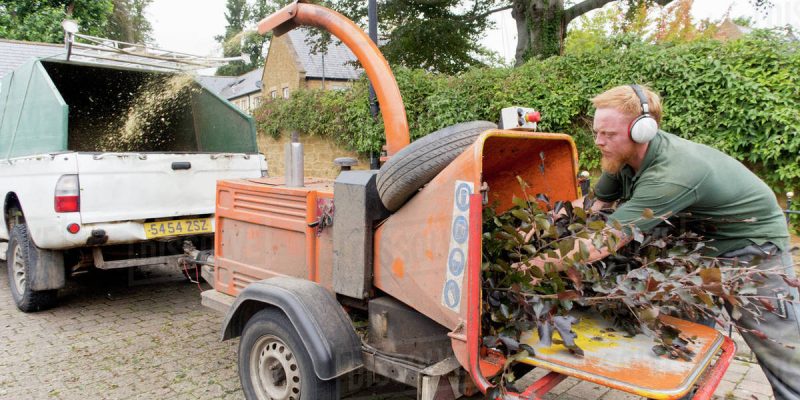
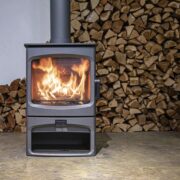
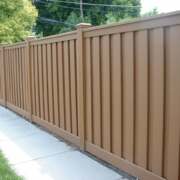
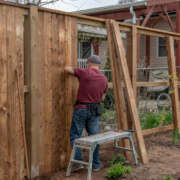
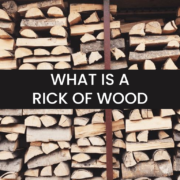
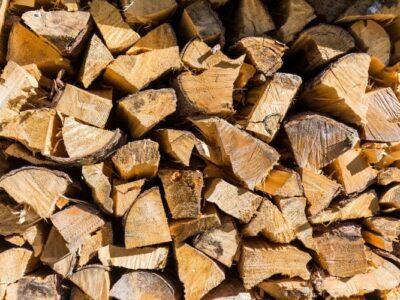
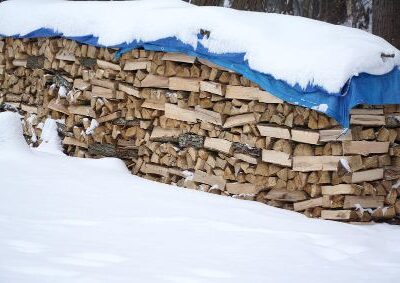
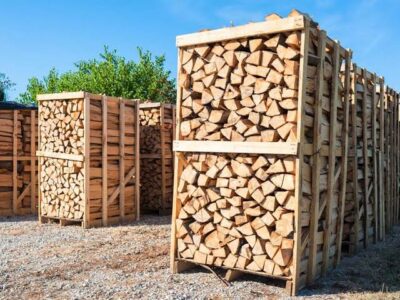
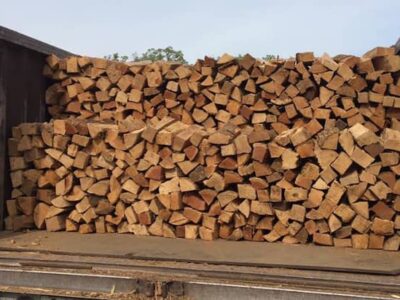




Comments